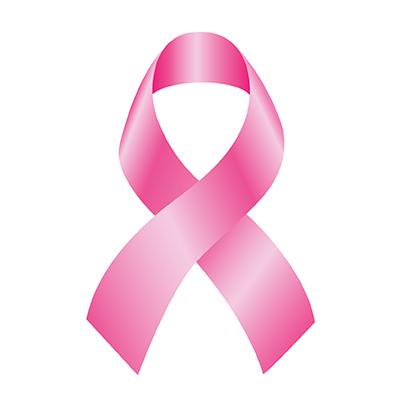
Different organizations have different opinions on when women should begin to be regularly screened for breast cancer.
On Monday the U.S. Preventive Services Task Force, an independent group of U.S. health experts that receives support from the U.S. Department of Health and Human Services, released an updated set of guidelines for breast cancer screening guidelines for women that recommend that average-risk women begin bi-yearly mammograms.
According to Fortune, the task force’s update has caused quite a stir among the medical community, as the new guidelines are at odds with that of over organizations. For example, the American Cancer Society recommends starting annual tests at age 45 and transitioning to bi-yearly tests after 55.
The American College of Obstetricians and Gynecologists (ACOG) and National Comprehensive Care Network (NCCN), each suggest that women begin annual examinations at the age of 40.
Dr. D. David Dershaw, founder of the Breast Imaging Service at the Memorial Sloan Kettering Cancer Center, expressed his disagreement and concern over the Task Force’s controversial move. “Everybody agrees that mammography works to save lives starting at age 40,” he said.
For women under 50, the Task Force recommends “risk-based screenings.” Younger women who deem themselves at a higher risk for developing cancer can decide for themselves whether or not to get tested.
This is at odds with a 2014 research study conducted at the University of California, San Francisco, which found that typically women in their 40s who developed breast cancer would not have been considered at risk.
What worries critics is that the Task Force’s recommendations have historically affected Congress’ decision as to which treatments are eligible for insurance reimbursements. This includes the government-run Medicaid program.
In 2013 alone, 4,780 women under 50 died from breast cancer.

Leave a Reply